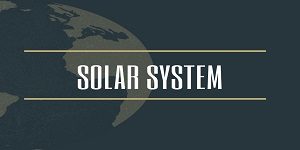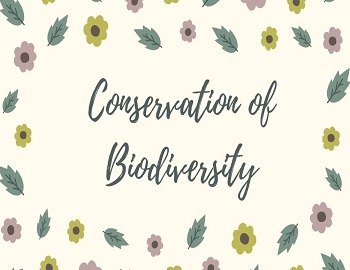Table of Contents
Solar System Important Facts:
- Sun account for 99.85% of mass of the solar system. It continuously gives us energy in the form of Visible light, infra-red, ultra-violet, x-rays etc.
- The period of revolution of sun around the galactic centre is 250 million years and is called as cosmotic year or galactic year.
- Like all other stars sun is mainly composed of Hydrogen and Helium. Nuclear fusion in the core of sun is a source of all energy.
- The glowing surface of sun that we see is called photosphere.
- Diameter of sun is 100 earth diameters.
- Core temperature = 15 million degree centigrade.
- Surface temperature = 6000 degree centigrade.
- Sun rotation time = 25 days.
- Age = 5 billion years.
- Composition of sun- Helium(26.5%), Hydrogen(71%), Rest(2.5%).
Terrestrial Planets:
- Mercury, Venus, Earth, Mars.
- These are earth like planets which have dense rocky body and also called as inner planets.
Jovian Planets:
- Jupiter, Saturn, Uranus, Neptune.
- Means Jupiter like which are gaseous, gigantic, having large satellite families and high rotational velocities. These are also called as outer planets.
Mercury:
- Called as swiftest planet, low atmosphere and has a crater surface.
- It has maximum diurnal range of temperature.
- Has the shortest year.
Venus:
- It is second only to the moon in brilliance in the night sky.
- Closest to Earth.
- Morning star, evening star and also the brightest star.
- Twin of earth because of its similar size, density and mass.
- Similar year length as of earth.
- Its a planet where length of day is longer incomparison to the length of year.
- Days are 243 earth days and year length 224.7 days.
- All planets rotates from west to east except for U-V (Uranus & Venus).
- Venus rotates from east to west so here sun rises from the west and sets in the east on contrary Uranus tumbles down from north to south.
- Slowest rotation.
- It is the hottest planet (atmosphere contain 97% CO2).
Earth:
- It is called as the blue planet because of presence of water.
- Densest of all the planets and is unique for the presence of higher form of life.
Mars:
- It is called as the red planet.
- It has evoked greatest interest than any other planet.
- It has two moons named as Phobos and Demos (Smallest satellite).
- It has the same angle of inclination as that of earth and has the same length of day as that of earth.
- There is a possibility of life on mars and habitability by humans and is being extensively probed.
Jupiter:
- Known as lord of the heaven.
- Largest planet in our solar system.
- The zone / region between Mars & Jupiter is known as Asteroid belt.
- Fastest rotational time = 9 hr 55 minutes.
- Important satellites- Europa, Ganymede (largest satellite) and heaviest of all satellite in the solar system.
Saturn:
- Known as allegiant planet.
- Second largest and is surrounded by a set of seven rings which are made up of primordial dust and ice particles. It has more prominent ring than Jupiter.
- Largest satellite of Saturn is titan.
Uranus and Neptune:
- These are called as jovians twins and these are better twins in comparison to earth and venus.
- Beside being similar in size, they appear pale greenish blue in colour because of the presence of methane in the atmosphere.
- The largest satellite of Neptune is triton.
- Neptune has a great depression and is called as the grey dark spot and is of earth size.
- Important satellite of uranus is Mirand.
- Closest star to Earth – Sun.
- Closest star to solar system – Proxima Centauri also called as Alpha Centauri.
- Brightest star outside solar system – Sirius also called as dog star.
- Brightest star – Venus.
- Astronomical Unit – It is the mean distance between the Earth and the Sun. It is used to measure distance within the solar system.
- Light Year – Distance travelled by light in vacuum for a period of one year.









Comments (No)